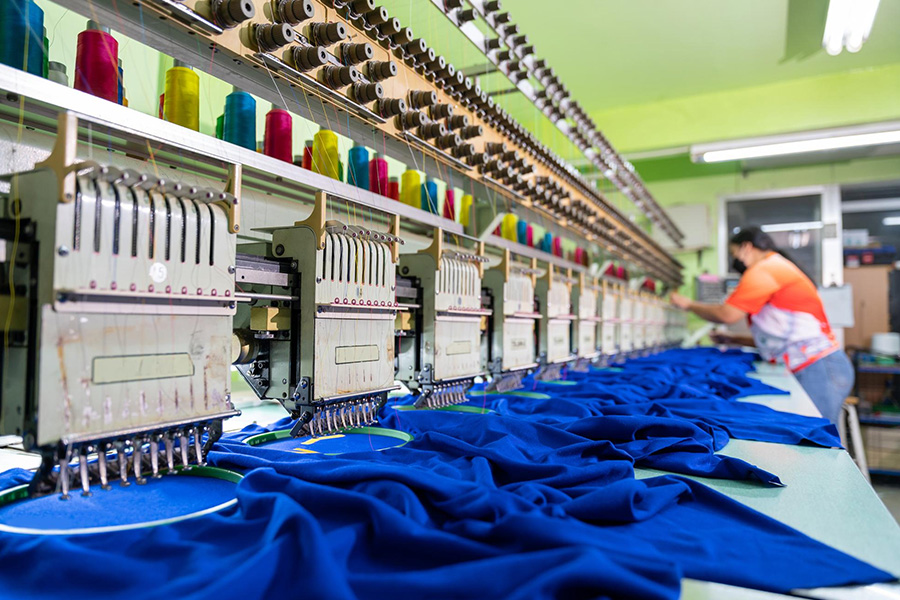
This article mainly focuses on studying and concretely examining the challenges faced by businesses transitioning from I4.0 to I5.0 by providing case examples from the textile and apparel supply chain.
Authors
Yigit Kazancoglu, Department of Logistics Management, Yasar University, Universite Caddesi, No:37-39, Bornova, Izmir, Turkey.
Sachin Kumar Mangla, Full Professor and Director, Research Center for Digital Circular Economy for Sustainable Development Goals (DCE-SDG), Jindal Global Business School, O.P. Jindal Global University, Haryana, India; Plymouth Business School, University of Plymouth, UK.
Yalcin Berberoglu, Department of Business Administration, Yasar University, Universite Caddesi, No:37-39, Bornova, 35100, Izmir, Turkey.
Cisem Lafci, Department of Logistics Management, Yasar University, Universite Caddesi, No:37-39, Bornova, 35100, Izmir, Turkey.
Jitender Madaan, Department of Management Studies, Indian Institute of Technology Delhi, Delhi, India.
Summary
Industrial revolutions often seek to strengthen the separation of human and machine labor by going one step further, toward automation and digitalization, and the transfer of tough and dangerous occupations to robots. As it strives to include robots in people’s daily activities and work, the introduction of concepts such as I5.0 is a step forward in enhancing human-machine interaction and provides some possibilities and challenges for firms.
Therefore, this article mainly focuses on studying and concretely examining the challenges faced by businesses transitioning from I4.0 to I5.0 by providing case examples from the textile and apparel supply chain. After a detailed review of the current literature related to the I5.0 challenges, the I5.0 challenges were listed in general.
Then, the fuzzy Decision-making trial and evaluation laboratory approach has adopted into the challenges to reveal causal interactions between them thus, prioritizing the substantial challenges to be focused on to influence the entire textile and apparel supply chain.
Published in: Information Systems Frontiers
To read the full article, please click here.


